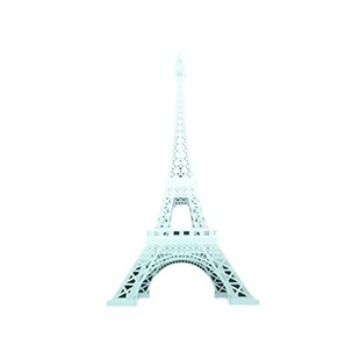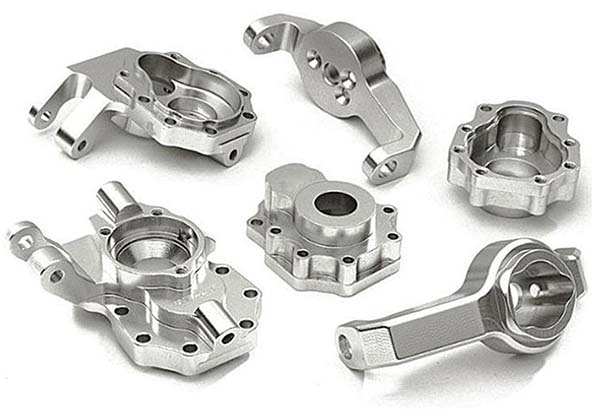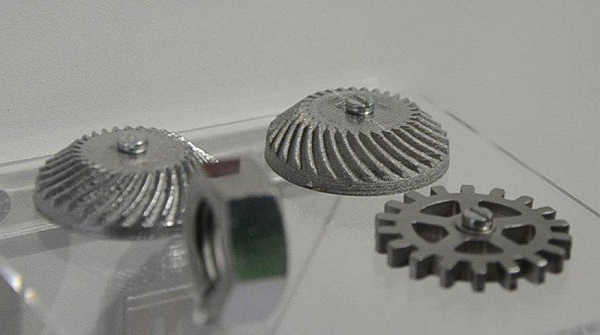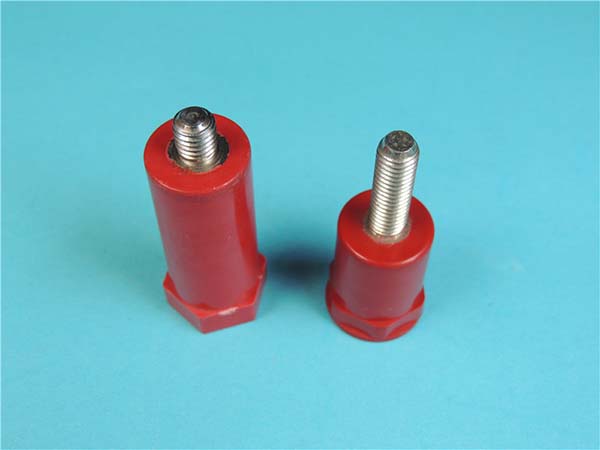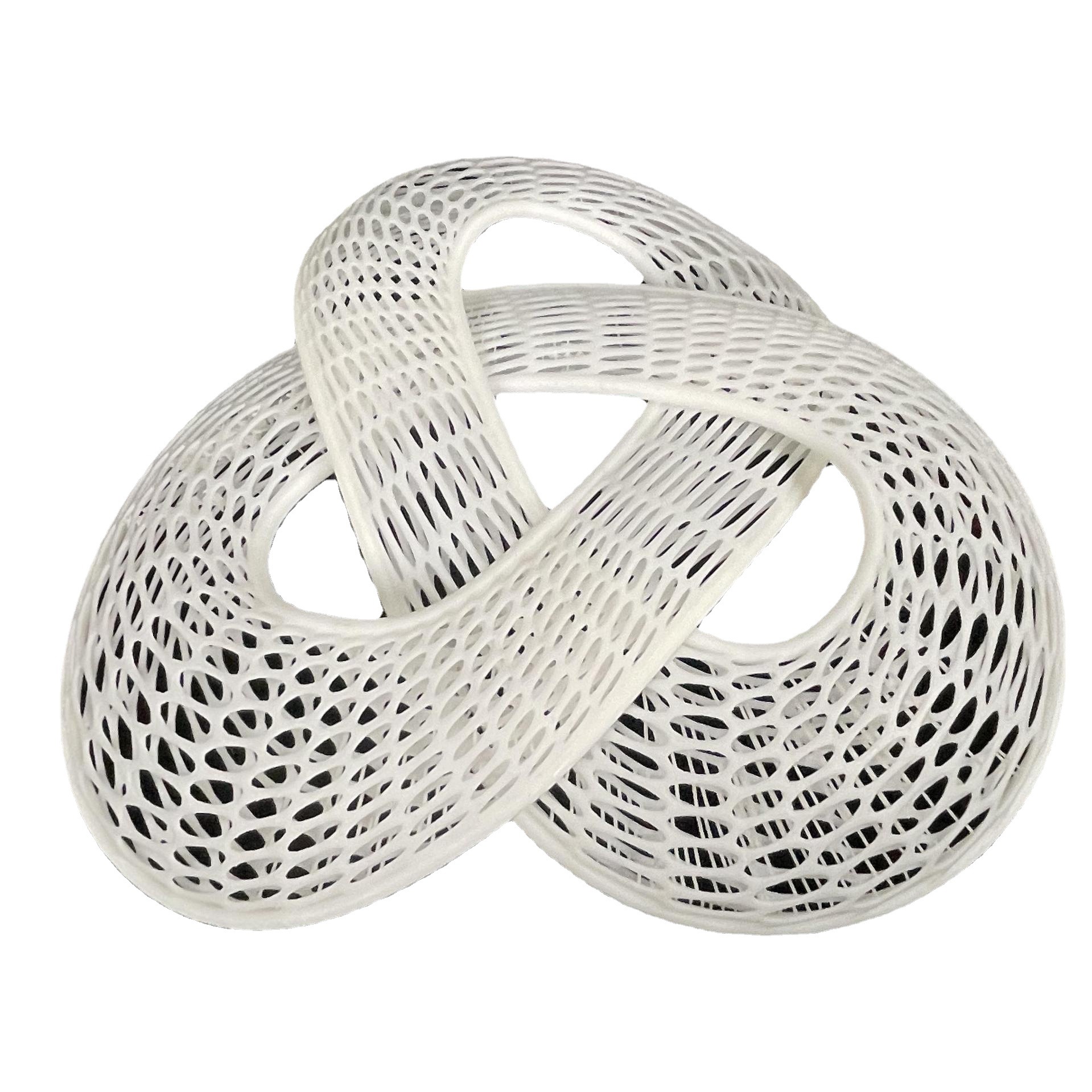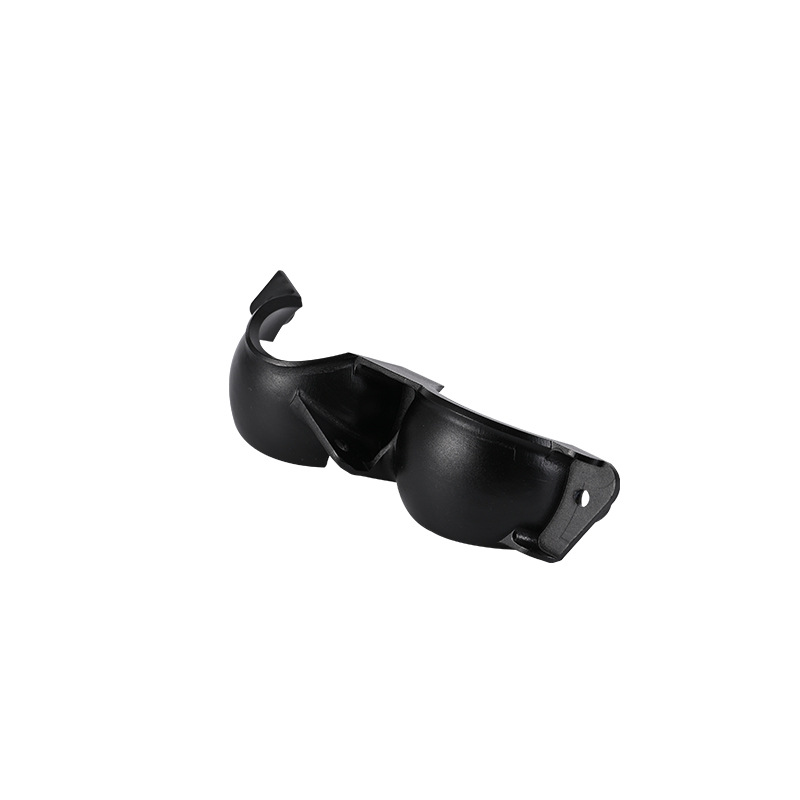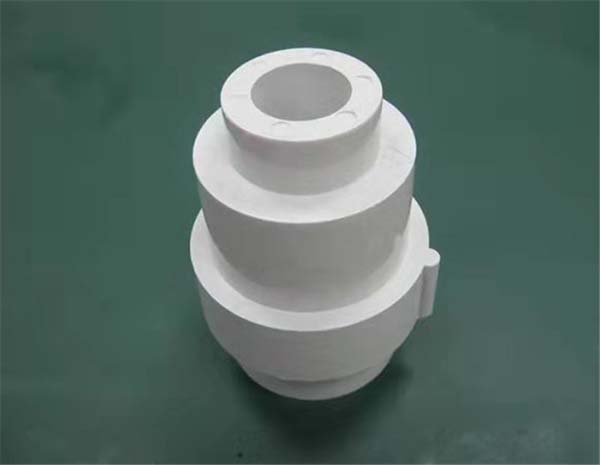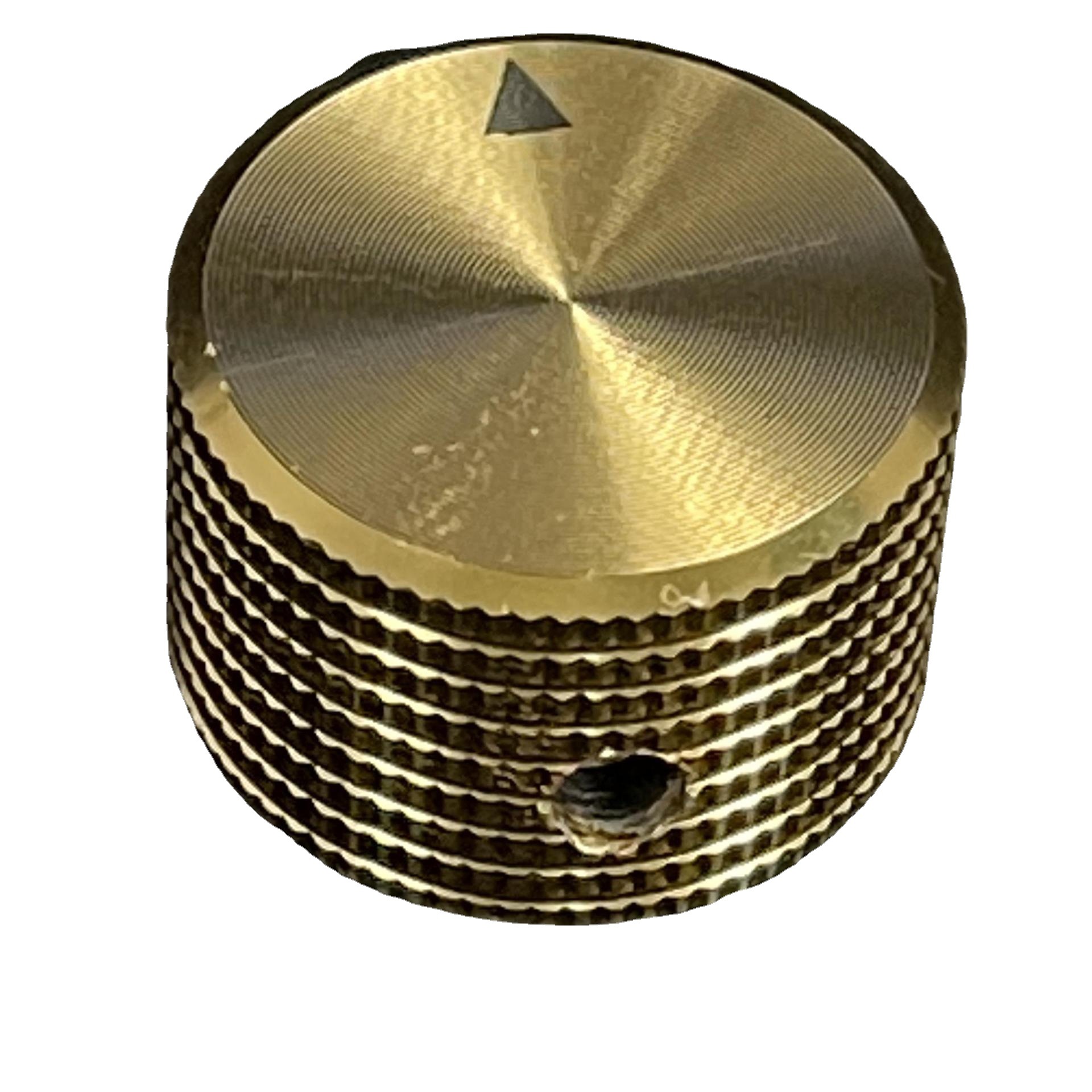Key Benefits and Considerations of Choosing an SLA 3D Printing Service
In the ever-evolving world of additive manufacturing, Stereolithography Apparatus (SLA) 3D printing stands out for its ability to create high-resolution, intricately detailed models and prototypes. Whether you're designing custom medical devices, aerospace components, or consumer products, SLA offers unmatched precision and aesthetic quality. This guide explores the benefits and key considerations when choosing an SLA 3D printing service, providing insights to help you make an informed decision for your next project.
Introduction to SLA 3D Printing
What is SLA 3D Printing?
Stereolithography Apparatus (SLA) is a type of 3D printing technology that uses ultraviolet (UV) light to solidify photopolymer resin into a solid form. The process involves the selective curing of liquid resin, layer by layer, to create precise, highly detailed objects. SLA is particularly well-suited for producing complex geometries, fine details, and smooth finishes, making it a top choice for industries like healthcare, aerospace, and jewelry design.
How Does SLA 3D Printing Work?
The SLA process follows a series of essential steps:
- Design Preparation: The object is first modeled in CAD software and converted into a digital file.
- Slicing: The digital model is sliced into thin horizontal layers using specialized software, which instructs the laser where to cure the resin.
- Printing: The print bed is immersed in a vat of resin, and a UV laser traces the pattern of the first layer, solidifying the resin.
- Layering: The print bed lowers, a fresh layer of resin is applied, and the laser traces the next layer. This process continues until the part is fully printed.
- Post-Processing: After printing, the part is removed and undergoes rinsing, curing, and potentially polishing to achieve the desired finish and mechanical properties.
Benefits of SLA 3D Printing Services
High Resolution and Detail
SLA 3D printing is renowned for its high-resolution capabilities, making it ideal for applications that demand fine details. Whether you're creating dental implants, medical prosthetics, or intricate jewelry designs, SLA can produce incredibly precise features, such as thin walls, small holes, and fine texturing. This level of detail is often unattainable with other 3D printing methods.
Surface Finish and Aesthetics
One of the standout advantages of SLA printing is its ability to produce smooth, glossy surfaces directly from the printer. The high-quality finish often eliminates or reduces the need for extensive post-processing (like sanding or polishing), saving both time and cost. This makes SLA an excellent choice for projects where aesthetics and surface quality are critical, such as concept models, consumer products, or prototype designs.
Versatility in Material Options
SLA has evolved to support a wide range of resin materials, each tailored to specific applications. These include:
- Flexible Resins: Used for soft-touch products or designs that require flexibility.
- Biocompatible Resins: For medical devices or implants that need to interact safely with human tissue.
- High-Temperature Resins: Suitable for components exposed to extreme conditions, such as aerospace or automotive parts.
- Durable Resins: For creating functional parts that require higher strength and wear resistance.
This material diversity makes SLA adaptable to various industries, including aerospace, automotive, medical, consumer electronics, and jewelry.
Considerations for Choosing an SLA 3D Printing Service
Project Requirements and Accuracy
When selecting an SLA 3D printing service, it's important to assess the accuracy and resolution required for your specific project. Different providers may offer varying levels of precision, so it's essential to align the service capabilities with your design needs. For instance, highly detailed models, such as medical implants, require an SLA service capable of achieving ultra-high resolutions (as fine as 25 microns in some cases).
Durability and Material Properties
Not all SLA resins are equally durable. While some are highly flexible or biocompatible, others are designed to withstand high temperatures or significant wear. Consider the functional requirements of your final product when selecting a resin. For instance:
- If you're making a prosthetic device, a biocompatible resin with enhanced strength and flexibility may be needed.
- If you're manufacturing aerospace components, you may need high-temperature resins with rigidity and lightweight properties.
Evaluate the material properties to ensure they align with your product's performance requirements.
Turnaround Time and Project Timelines
Turnaround time is often a critical factor in meeting project deadlines. SLA 3D printing services have varying processing times depending on the complexity of the design, the size of the print, and the amount of post-processing required. Ensure that the service provider can meet your specific timeline and provide realistic estimates. Some companies may also offer expedited services for faster delivery, but these might come with a premium cost.
Cost Analysis and Budgeting
The cost of SLA 3D printing can vary significantly based on factors like:
- The complexity of the design (e.g., intricate geometries may require more printing time and support structures).
- Material selection (specialized resins, such as biocompatible or high-temperature resins, may cost more).
- The size of the print and the post-processing requirements (such as polishing, curing, or assembly).
It's advisable to request quotes from multiple service providers and ensure they provide transparent pricing to avoid unexpected costs. Comparing several providers can help you strike a balance between cost and quality that fits your budget.
Case Studies and Examples
Successful SLA 3D Printing Projects
- Medical Devices: SLA 3D printing is widely used in the medical field to create custom prosthetics, surgical guides, and orthopedic implants. The high resolution of SLA allows for precise, patient-specific devices that enhance comfort, functionality, and recovery times.
- Aerospace Components: The aerospace industry relies on SLA 3D printing for creating lightweight, complex components that adhere to strict aerodynamic and structural specifications. SLA enables the production of prototypes and low-volume parts that can withstand extreme conditions.
- Consumer Electronics: SLA is used extensively in prototype development for consumer electronics. The ability to produce aesthetically realistic models helps companies rapidly test concepts before full-scale manufacturing, reducing development costs and time-to-market.
Challenges and Solutions in SLA 3D Printing
Common Challenges
Despite its many benefits, SLA 3D printing has a few inherent challenges:
- Support Structures: SLA prints with complex geometries often require support structures to prevent deformation during printing. These supports can be difficult to remove without damaging the part.
- Material Costs: Specialized resins, particularly those designed for specific applications (e.g., medical or high-temperature resins), can be expensive.
- Post-Processing: SLA prints require considerable post-processing, including cleaning, curing, and potentially polishing, to achieve the desired finish.
Solutions
- Design Optimization: By incorporating features like hollowing parts, adding draft angles, or minimizing overhangs, you can reduce the need for support structures and simplify the printing process.
- Material Selection: Choose the right material for your needs, balancing cost and performance. If cost is a major concern, explore less specialized resin options that still meet your functional requirements.
- Outsourcing Post-Processing: Partner with a service provider that offers comprehensive post-processing services, ensuring your prints are finished to a high standard without additional effort on your part.
Choosing the Right SLA 3D Printing Service Provider
Service Provider Criteria
When selecting an SLA 3D printing service provider, consider the following factors:
- Technology and Capabilities: Ensure the provider has the latest SLA equipment and can handle the complexity of your design.
- Material Variety: Confirm that the provider offers the range of resins needed for your specific application.
- Quality Control: Look for a provider with robust quality control processes to ensure consistent and reliable prints.
- Customer Support: Choose a provider with excellent communication and support throughout the project lifecycle, from design to delivery.
- Pricing and Transparency: Ensure that the provider offers clear and transparent pricing to avoid hidden costs and maintain budget control.
Customer Reviews and Reputation
Before committing to a service provider, it's important to check customer reviews and assess the provider’s reputation. Positive feedback from previous clients can provide valuable insights into the provider's reliability, communication, and the quality of their work.
Conclusion
SLA 3D printing offers exceptional detail, precision, and aesthetic quality, making it a preferred choice for a wide range of applications, from medical devices to aerospace components and consumer electronics. By carefully considering project requirements, material choices, turnaround time, and costs, you can ensure a successful SLA 3D printing experience. Select a reliable service provider with the right capabilities and a strong reputation, and your project is bound to achieve high-quality results.
